Who does not love the red panda?
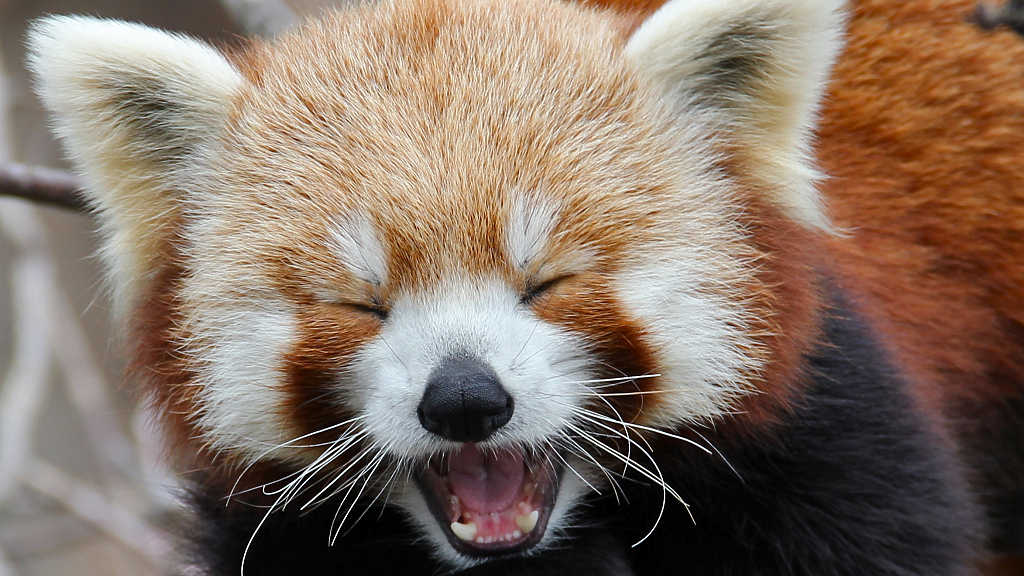
International Red Panda Day is September 21, 2019. /VCG Photo
International Red Panda Day is September 21, 2019. /VCG Photo
The cuddly, fluffy little creature has won so much love and popularity worldwide that people have set up an exclusive day for it — International Red Panda Day, celebrated every third Saturday of September since 2011.
So, what else do you know about the red panda except for its extreme cuteness? Is it the cousin of the giant panda? Here are some furry facts and comparisons.
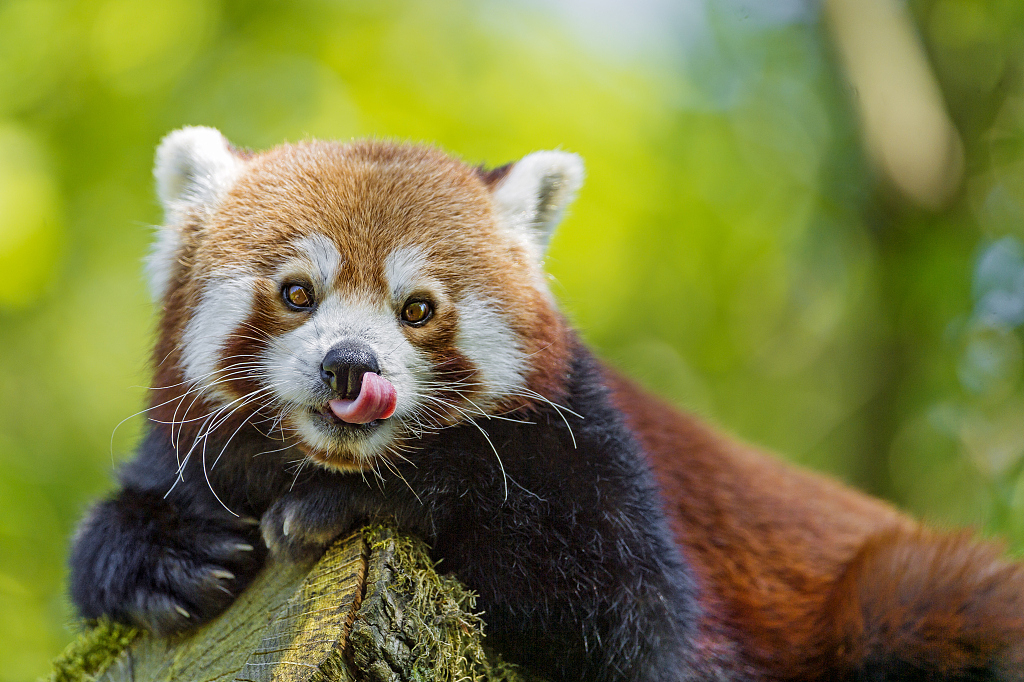
The red panda is not a panda! /VCG Photo
The red panda is not a panda! /VCG Photo
1, The red panda is not a panda
Though the red panda and the giant panda both belong to the order of Carnivora – yes, they are carnivorous mammals, although they eat plants – they are in different families. The giant panda is more closely related to bears (Ursidae), while the red panda is the only extant species in its family (Ailuridae).
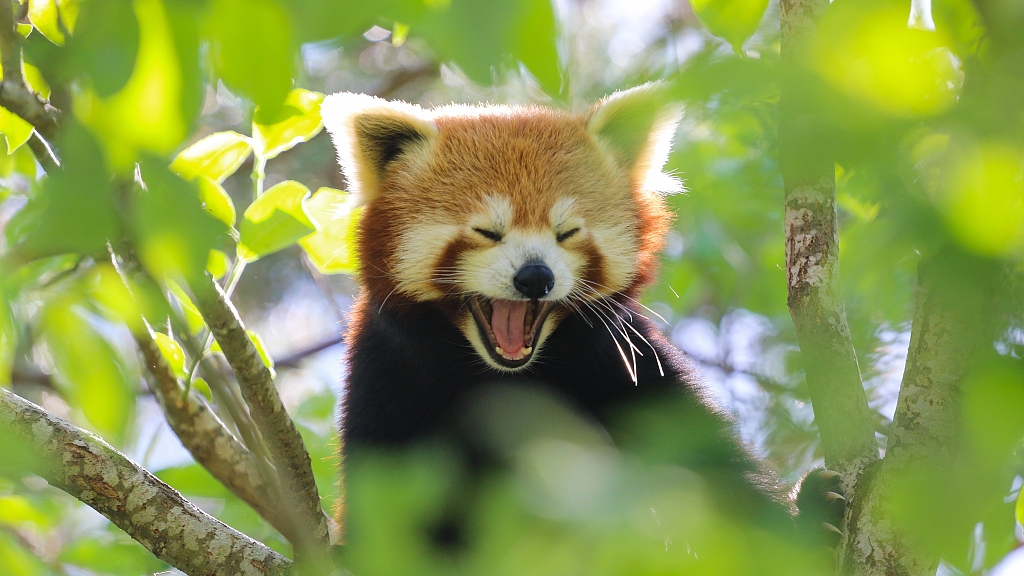
The red panda is listed as endangered. /VCG Photo
The red panda is listed as endangered. /VCG Photo
2, The red panda is more endangered than the giant panda
According to the World Wide Fund For Nature (WWF), the population of the red panda is less than 10,000, seemingly more than its panda relatives. However, the IUCN Red List of Threatened Species describes the red panda as "endangered" with a decreasing population and a victim of deforestation and poaching, while the giant panda has been listed as "vulnerable," and its population is increasing.

A picture a red panda shot in Sichuan, where the red panda and the giant panda's habitats overlap. /VCG Photo
A picture a red panda shot in Sichuan, where the red panda and the giant panda's habitats overlap. /VCG Photo
3, The red panda is not native to China
The red panda's habitat is in the eastern Himalayas, straddling Nepal, Bhutan, India, Burma and southwestern China. Its habitats overlap with the giant panda's in China's southwestern province of Sichuan.
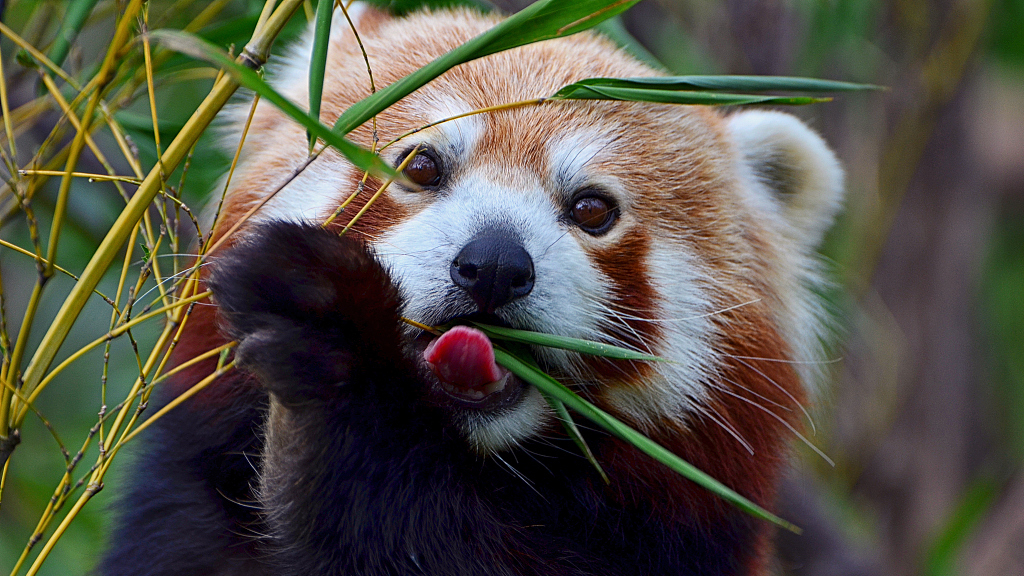
The red panda shares a similar diet to the giant panda. /VCG Photo
The red panda shares a similar diet to the giant panda. /VCG Photo
4, The red panda mainly eats bamboo, too
Just like the giant panda, the red panda is a vegetarian carnivore. It feeds mainly on bamboo, but will not refuse fruits, eggs and insects. Since the red panda cannot digest cellulose, it must consume a large amount of bamboo to survive and spends many hours sleeping to save energy.
It also has a sweet tooth! Research has shown that the red panda is the only non-primate that can taste artificial sweeteners.
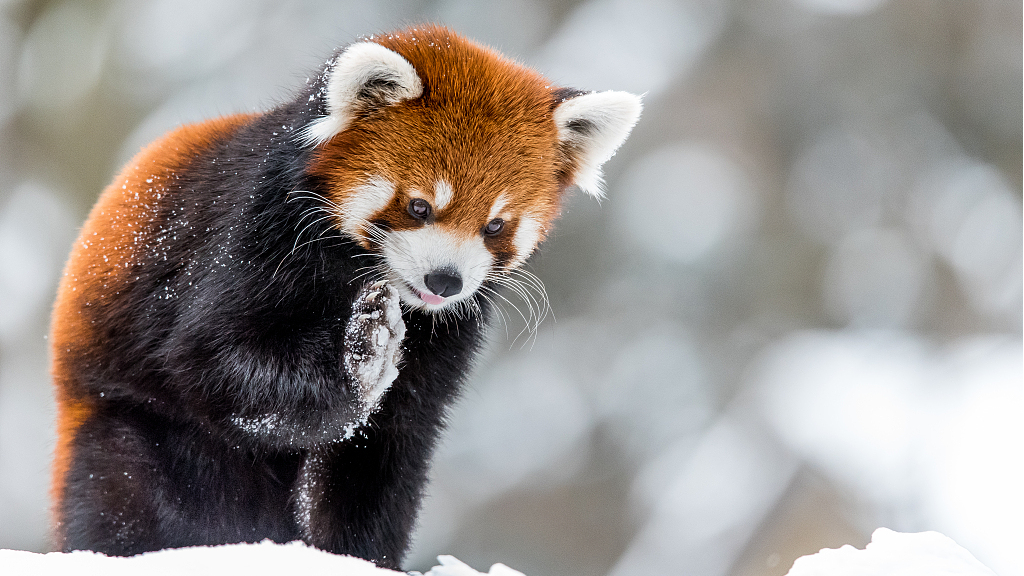
In the wild, the red panda is sometimes confused with a monkey, as they both grab things with their paws. /VCG Photo
In the wild, the red panda is sometimes confused with a monkey, as they both grab things with their paws. /VCG Photo
5, The red panda also has a "thumb"
Both the red panda and the giant panda share false "thumbs" on their paws, which are actually extended wrist bones. It helps the red panda grab bamboos and climb trees.
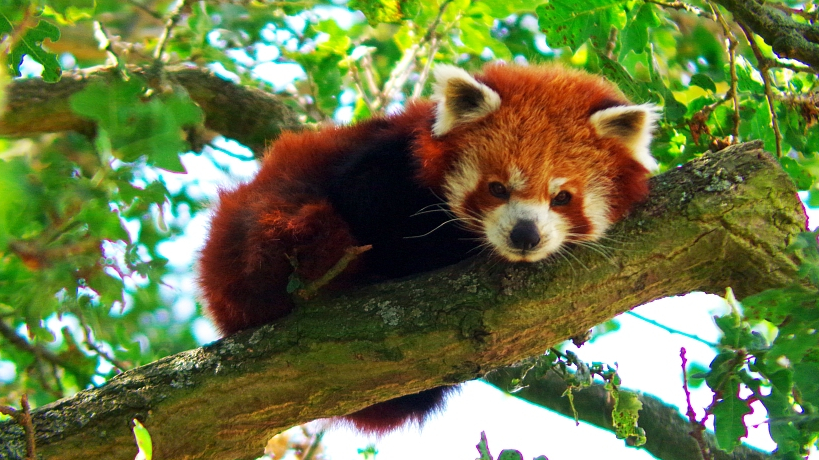
The "Master Shifu" in kung fu Panda series is a red panda. In the real world, though the red panda does not know kung fu, it does excel at climbing. /VCG Photo
The "Master Shifu" in kung fu Panda series is a red panda. In the real world, though the red panda does not know kung fu, it does excel at climbing. /VCG Photo
6, Not a kung fu master, but an excellent climber
Both pandas are experts at climbing. The difference is that the giant panda usually stays on the ground, while the red panda resides on the tree and seldom gets down.
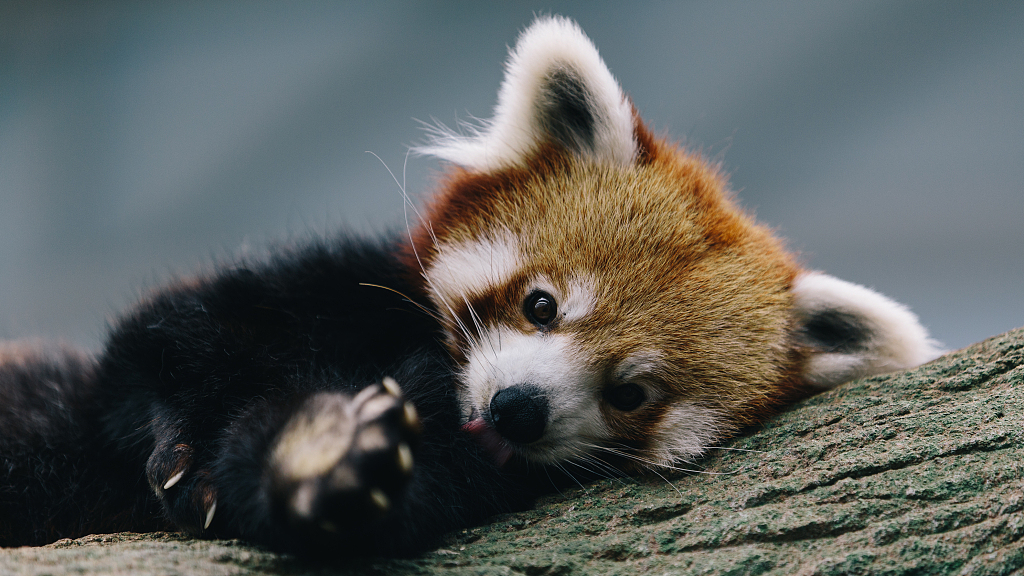
The red panda is the only remaining member of its species. /VCG Photo
The red panda is the only remaining member of its species. /VCG Photo
A giant panda escaping from a zoo in unheard of. But the red panda is a true escape artist. If you search "red panda escapes from zoo," you may see many zookeepers from multiple countries telling stories about their red panda's great escape. The Association of Zoos and Aquariums even warn in their official care manual "beware: red pandas are escape artists." But do not feel sad for those captured red panda; they are quite adaptable to living in captivity, and have successfully produced offspring in many zoos.
(Cover image from VCG)
(If you want to contribute and have specific expertise, please contact us at nature@cgtn.com)